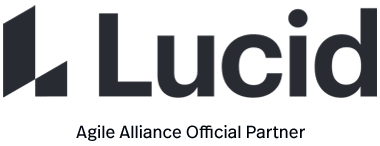A technique to scale Scrum up to large groups (over a dozen people), consisting of dividing the groups into Agile teams of 5-10. Each daily scrum within a sub-team ends by designating one member as an “ambassador” to participate in a daily meeting with ambassadors from other teams, called the Scrum of Scrums.
Depending on the context, ambassadors may be technical contributors, each team’s Scrum Master, or even managers of each team.
The Scrum of Scrums proceeds otherwise as a normal daily meeting, with ambassadors reporting completions, next steps, and impediments on behalf of the teams they represent. Resolution of impediments is expected to focus on the challenges of coordination between the teams; solutions may entail agreeing to interfaces between teams, negotiating responsibility boundaries, etc.
The Scrum of Scrum will track these items via a backlog of its own, where each item contributes to improving between-team coordination.
Also Known As
Also known as a “Meta Scrum”.
Origins
2001: the Scrum of Scrums is first described (summarizing experiences at IDX) in an article by Jeff Sutherland, Agile Can Scale: Inventing and Reinventing SCRUM in Five Companies





